-
Using the Sony ICD-ux560: The 4 How-to’s
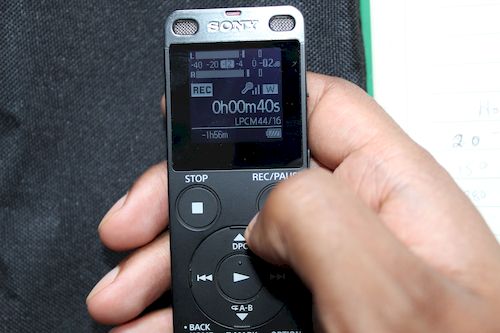
If you plan to use the Sony ICD-ux560 to conduct your research interviews, what are the 4 how-to’s you should learn before you conduct your first interview? 1. How to Store Your Recordings Qualitative research projects produce a lot of data, you’ll need to be organized or the data will overwhelm you. And this tends…
-
Sony ICD-PX240 Review
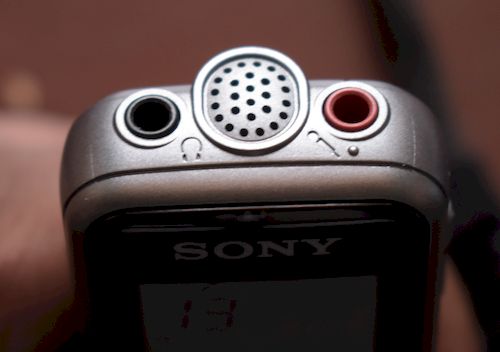
So, I was looking for a recorder for dictation purposes; this year I do plan to dictate a lot of posts. I bought a few voice recorders that are built for dictation. And I have to say, so far, the Sony ICD-px240 has been my favorite dictation recorder. Now, this recorder is not built to…
-
About Me – Academic Transcriber Par Excellence

If you have rummaged through this site, (which you should – it has great tips on how to make your qualitative research a success), you’ll have noticed that it lacks an about me page. And that’s because I am (I really should say “we”) client-centric. This site is not about me, an academic transcriber or…
-
Sony ICD-ux560: Low Cut Filter (LCF) and Noise Cut Filter (NCF)
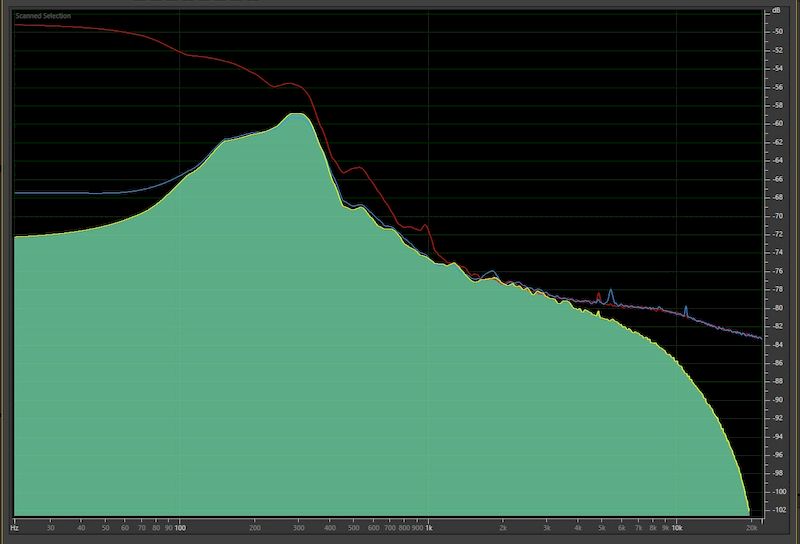
Sony ICD-ux560 comes with two recording filters; noise cut filter (NCF) and low cut filter (LCF). According to the ux560 manual, the NCF “cuts high-frequency sounds except for human voices as well as low-frequency sounds”. And the LCF, “cuts low-frequency sounds, including noise from projectors and roaring wind sounds.” That’s it. I’ve tried to find…
-
Sony ICD-ux560 Voice Activation
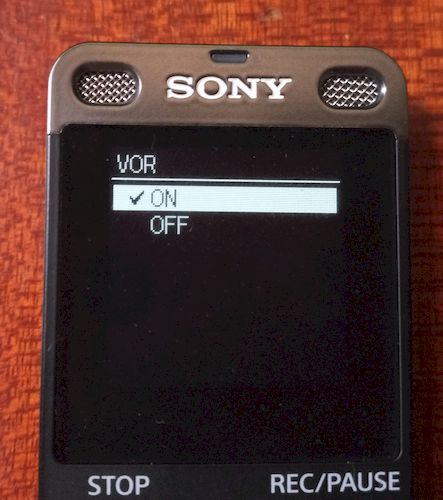
Yes. The Sony ICD-ux560 does come with a voice activation feature, though it’s labeled as Voice Operated Recording (VOR). This is a feature that I rarely used, but I’ve been looking for ways to use my Sony ICD-ux560 a lot more and decided to try it out. I’m not going to share why I decided…
-
The 64GB SDHC Memory Card
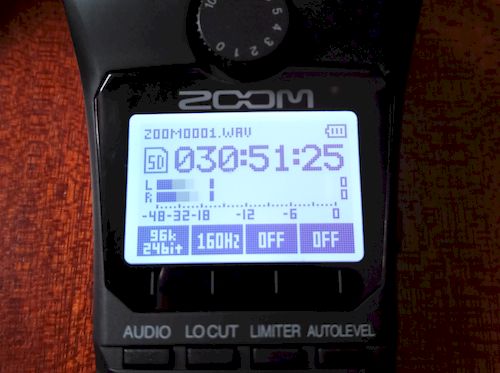
Yes, a 64GB SDHC Memory Card. SD standards limit the size of a SDHC card to 32GB. And you’ll never find a manufacturer that’ll make 64GB SDHC card. YES, all those 64GB Samsung SDHC cards are fake! But, in this post, I’ll show you I magically turned my Samsung EVO Select 64GB SDXC memory card…
-
Telephone Microphones: Olympus TP8 vs Sony EMC-TL3
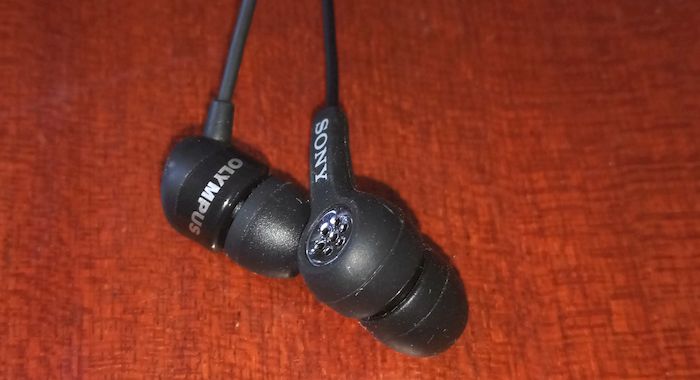
Let’s compare the Olympus TP8 versus the Sony EMC-TL3 telephone microphones. Telephone microphones are a microphone encased in a open/hollow earbud capsule. To use them, you simply plug the 3.5mm mic jack into a voice recorder, insert the
-
How to convert wav to mp3 using Audacity

Having conducted your research interviews, it’s time to get them transcribed. First you need to get them to your transcriber. If you recorded your interviews in a wav format, which is what I recommend you do
-
Best encrypted voice recorder
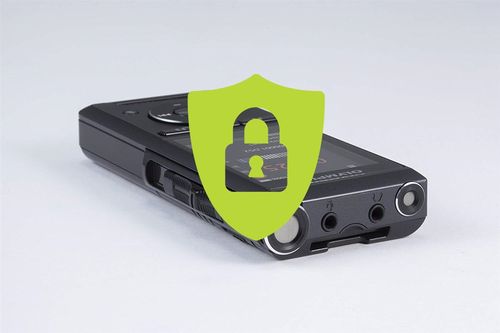
“…only query I have is, is it possible to password protect the recorder?” Being easily portable and valuable, voice recorders are easily lost or stolen. If you are recording sensitive information, for instance patient health
-
HIPAA/HITECH Compliant Cloud Storage for Researchers
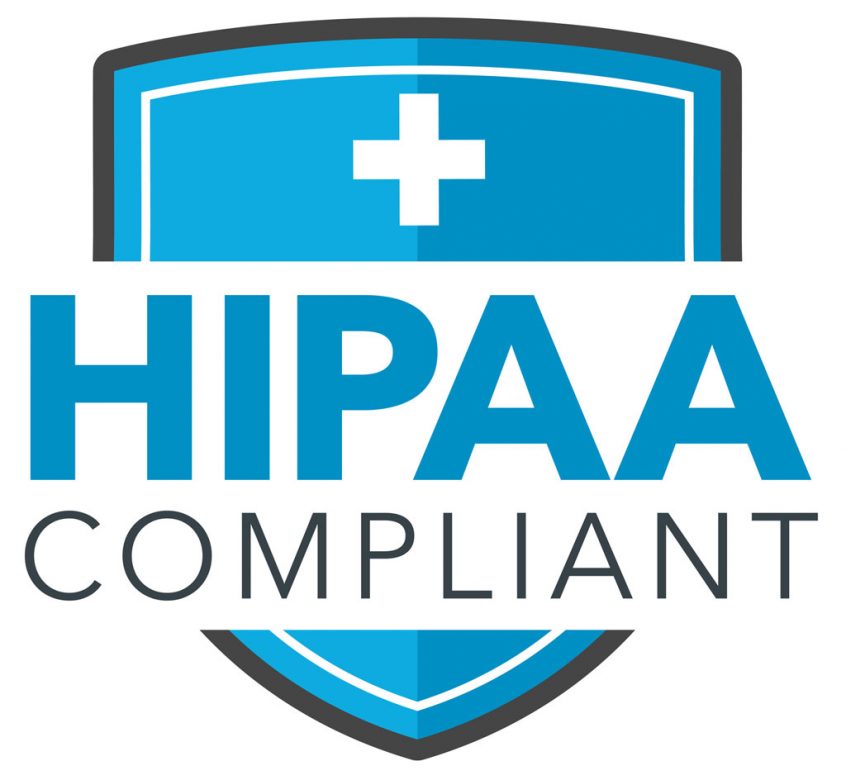
Is there a HIPAA/HITECH compliant cloud audio storage secure to store clinical research interviews? Can you provide a list of cloud services? What is HIPAA/HITECH? HIPAA/HITECH refers to two laws: HIPAA is the acronym for
